Finding the perfect gift can be exciting and daunting when it comes to shopping for the fashion lovers in your life. Fashion enthusiasts often have unique tastes, evolving trends, and a keen eye for quality and style. However, with the right approach, you can give them a gift that feels both personal and thoughtful, helping them elevate their wardrobe or beauty routine. Whether they are a high-fashion aficionado, a streetwear enthusiast, or someone who enjoys experimenting with styles, there are countless options to choose from. With our expert-curated gift ideas for fashion lovers, you’ll be sure to leave your fashion enthusiasts–whether they are men or women, speechless.
To make sure your gift resonates with their personal style, it’s essential to pay attention to their preferences and the current pieces they are drawn to. Do they favor minimalist designs, or are they more into bold, statement-making items? Are they constantly on the lookout for new accessories, or do they invest in timeless, high-quality staples? Taking these details into account will guide you in selecting something they’ll not only love but also use. From trendy clothing items and accessories to beauty products or even curated experiences like shopping with a stylist, the key is to find something that speaks to their individual sense of fashion while showing that you’ve thought about their unique style journey.
Here are 7 perfect gift ideas for fashion lovers that are sure to delight…
#1. Personalized Jewelry
Jewelry is a timeless gift that always makes a statement. For fashion lovers, a unique and personalized piece can hold even more meaning. Think beyond traditional necklaces or bracelets and opt for a custom-designed item that reflects the recipient’s personality or interests. Personalized name necklaces, engraved rings, or custom-made charm bracelets are all excellent options.
For those who enjoy minimalist aesthetics, a delicate piece with an initial or birthstone could be the perfect choice. If your fashion-loving friend is into bold, statement pieces, look for oversized earrings or chunky necklaces with custom designs. The best part about personalized jewelry is that it works for both men and women and can be as unique and individual as the person receiving it.
Shop editor’s picks
#2. Designer Handbags
A designer handbag is one of the most coveted items in the fashion world. Whether it’s a classic piece or a new, trending item, a high-quality bag is a thoughtful and luxurious gift that can elevate any outfit. Brands like Gucci, Louis Vuitton, Chanel, and Prada are known for their timeless appeal, while newer labels like Off-White, Jacquemus, and Balenciaga offer more modern, street-style-inspired designs.
When selecting a handbag, think about the recipient’s style preferences. Are they more into structured bags, or do they prefer something slouchy and laid-back? If you’re unsure, neutral colors like black, beige, or camel are always safe bets, as they pair easily with various outfits. Alternatively, a bold statement bag in a vibrant color or unique shape could be just the thing to make their outfit pop.
Shop editor’s selection
#3. Gift Card

If you’re unsure about what your fashion-loving friend might like or if you want to give them the freedom to choose something themselves, a gift card is always a reliable option. A gift card to their favorite clothing store, luxury brand, or even a high-end department store allows them to shop for exactly what they need or desire. Whether they are looking for a new designer handbag, a trendy pair of sneakers, or the latest seasonal items, a gift card ensures they get something they’ll truly love.
Many online retailers and brick-and-mortar stores offer digital and physical gift cards, and some even provide personalized designs that can make the gift feel more special. Additionally, fashion-centric retailers like Net-a-Porter, Farfetch, and Saks Fifth Avenue offer high-end gift cards that can go a long way in the fashion world.
#4. High-End Sneakers
Sneakers have transcended from being just athletic wear to becoming high-fashion staples. Today, a stylish pair of sneakers can define a person’s entire look, whether they’re worn casually with jeans or dressed up with a suit. For fashion lovers who are into streetwear or enjoy combining comfort with style, a pair of high-end sneakers from brands like Nike, Adidas, Balenciaga, or Yeezy would make an outstanding gift. Again, this is a great gift idea for both men and women who are fans of athleisure style.
If your recipient has a favorite designer or specific brand they love, that’s a great place to start. Alternatively, limited-edition or collaboration sneakers (like those from Kanye West’s Adidas Yeezy line or Off-White’s collaborations with Nike) are also excellent choices, as these often have an added layer of exclusivity and style. For sneakerheads, a unique, hard-to-find pair could be just the thing to boost their collection.
Shop editor’s picks
#5. Statement Outerwear
A stylish jacket or coat can completely transform an outfit and is often a centerpiece of fall and winter wardrobes. Whether your fashion-loving friend lives in a colder climate or just wants to stay fashionable year-round, investing in trendy outerwear is always a good idea.
For a timeless gift, consider a classic trench coat from Burberry or a tailored wool coat in neutral tones. Alternatively, if the person you’re shopping for loves current trends, a bold oversized puffer jacket or a chic faux-fur coat might be just what they need. Keep an eye on fashion runways and street style to see what’s trending in outerwear, whether that’s quilted jackets, faux shearling, or sustainable options made from eco-friendly materials.
Shop editor’s kick picks
#6. Fashion Subscription Box
For fashion lovers who enjoy experimenting with their style or staying up-to-date with the latest trends, a fashion subscription box is an innovative gift that keeps on giving. These boxes typically come with curated outfits or accessories based on the recipient’s preferences, size, and style profile. Popular services like Stitch Fix, Trunk Club, and Fabletics offer personalized subscriptions that deliver everything from casual wear to high-end fashion.
This type of gift allows the recipient to try on different styles without committing to buying items they might not love. Plus, many subscription services offer flexibility in terms of frequency and pricing, making it an excellent gift for those who want to refresh their wardrobe periodically.
#7. Fashion Coffee Table Book
For the fashion lover who appreciates the art and history behind clothing, a fashion coffee table book can be an inspiring gift. These books offer a visual journey through the world of fashion, showcasing everything from iconic designers to legendary runway shows and even fashion photography. Books like The Fashion Book by Phaidon, Dior: The Art of Color, or Chanel: Collections and Creations are just a few examples of beautiful, informative books that any fashion lover would be thrilled to own.
Fashion coffee table books also double as stylish decor pieces, adding sophistication to any home. They’re the perfect gift for a man or woman who enjoys both the intellectual and aesthetic sides of fashion.
Shop editor’s selection
Bonus Idea: Vintage Clothing or Accessories
For fashion lovers who appreciate the nostalgia and the thrill of a one-of-a-kind find, vintage clothing and accessories are a thoughtful and exciting gift. Vintage stores, both physical and online, offer a wide selection of items, from retro designer bags to one-of-a-kind jackets, dresses, and scarves. Shopping vintage allows you to give a gift that’s both unique and sustainable, making it a perfect choice for environmentally-conscious fashion lovers.
Consider a vintage leather jacket, a pair of retro sunglasses, or a designer scarf from a bygone era. If you know the recipient’s favorite vintage designers or have a sense of their tastes, you can curate something special that aligns with their wardrobe. Many fashion lovers also love to mix vintage pieces with contemporary styles, making them a versatile addition to any collection.
Final Thoughts
Shopping for a fashion lover doesn’t have to be stressful. Whether you opt for a timeless piece of jewelry, a cutting-edge fashion item, or a creative subscription box, there’s something out there to suit every fashion enthusiast’s taste. And if you’re ever in doubt, the simple elegance of a gift card ensures that your recipient can indulge in a shopping experience of their own choosing. No matter what you choose, your gift will surely make them feel appreciated and stylish.
Featured image: DragonImages/iStock
For the latest in fashion, lifestyle, and culture, follow us on Instagram @StyleRave_
—Read also

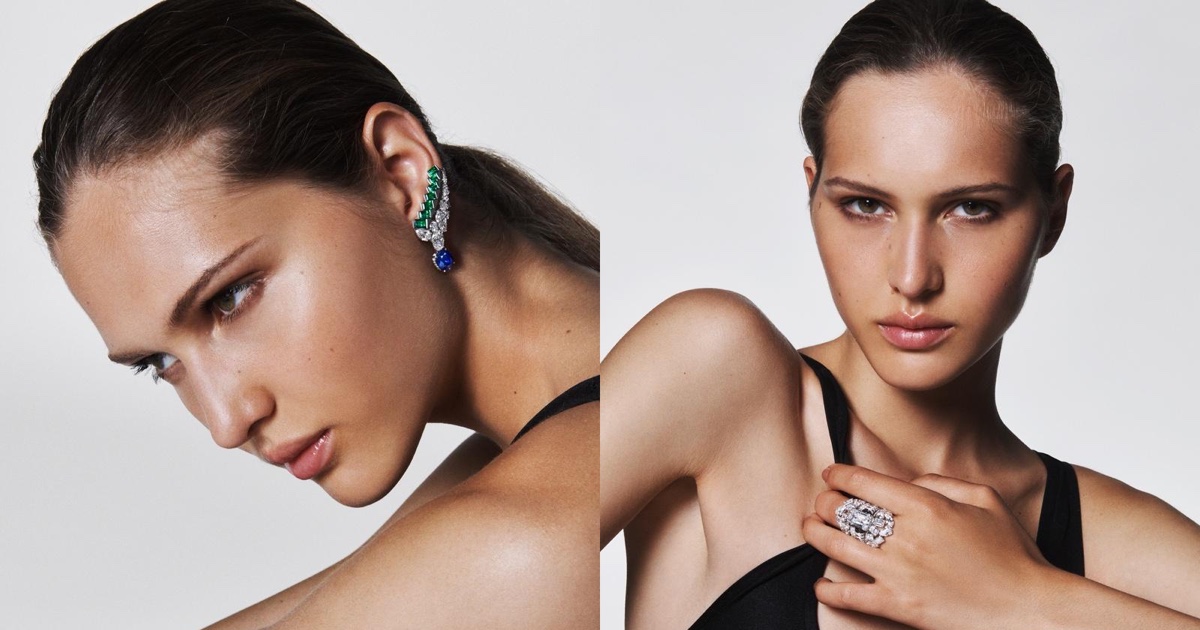
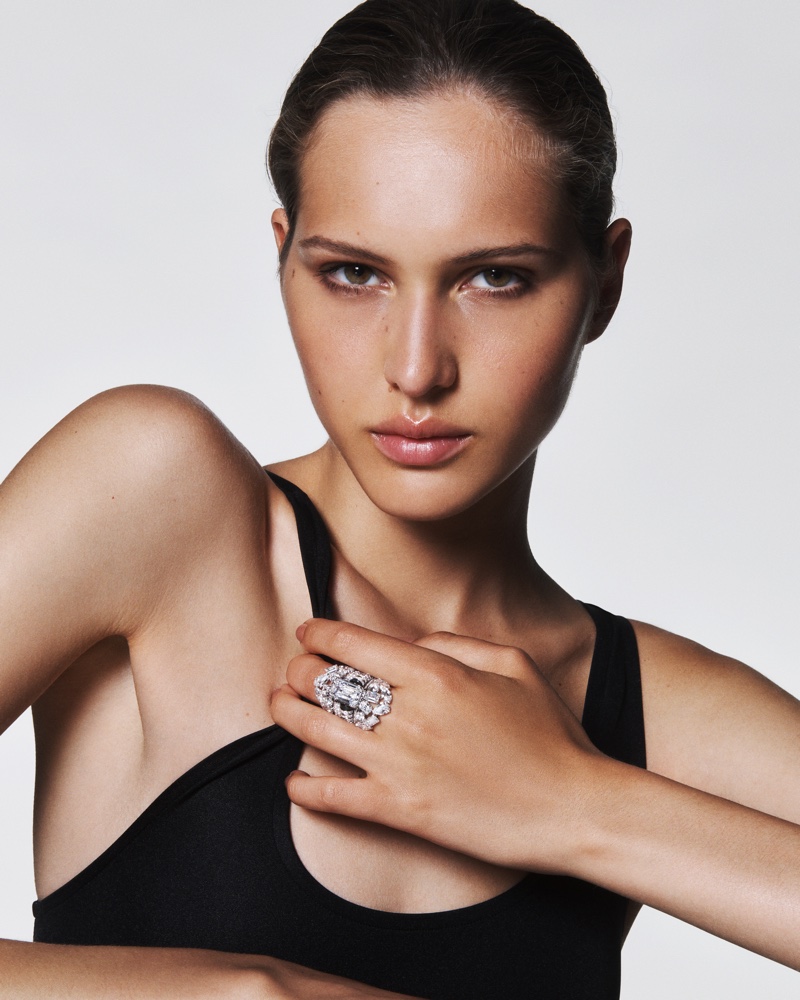

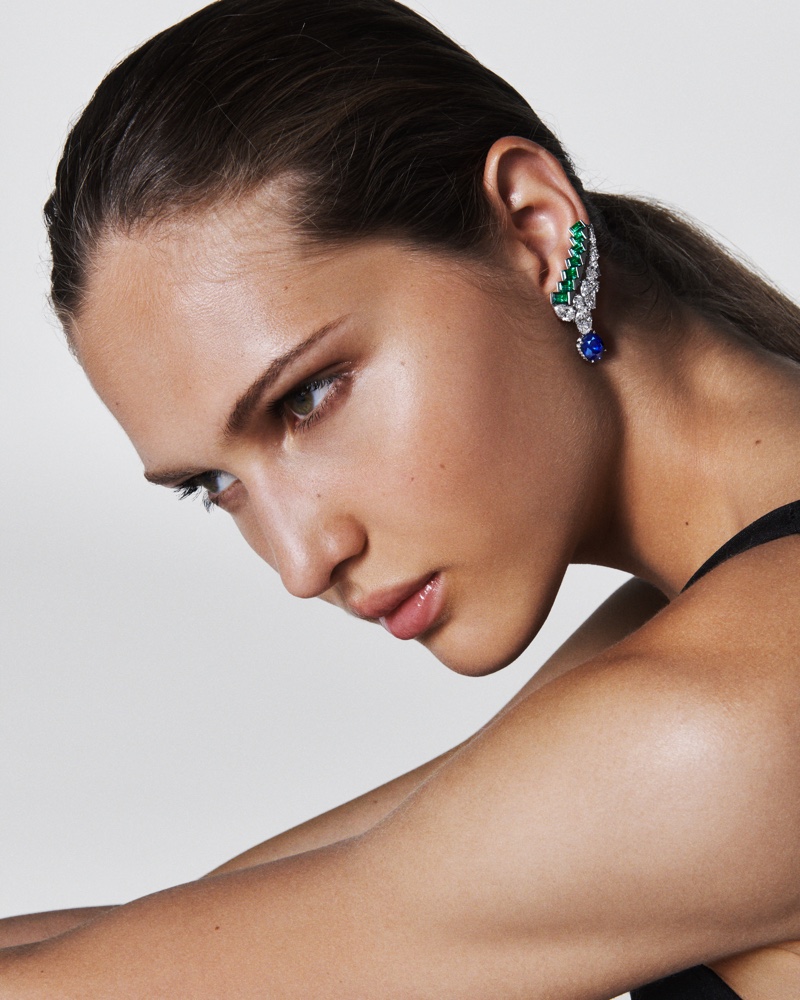
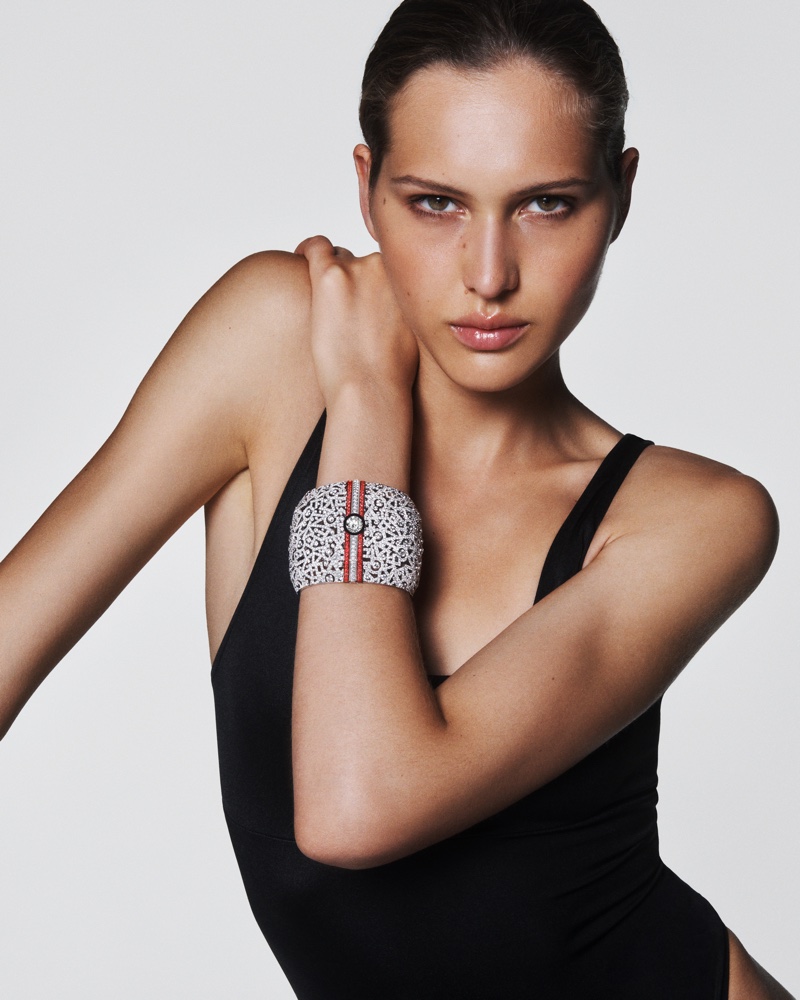
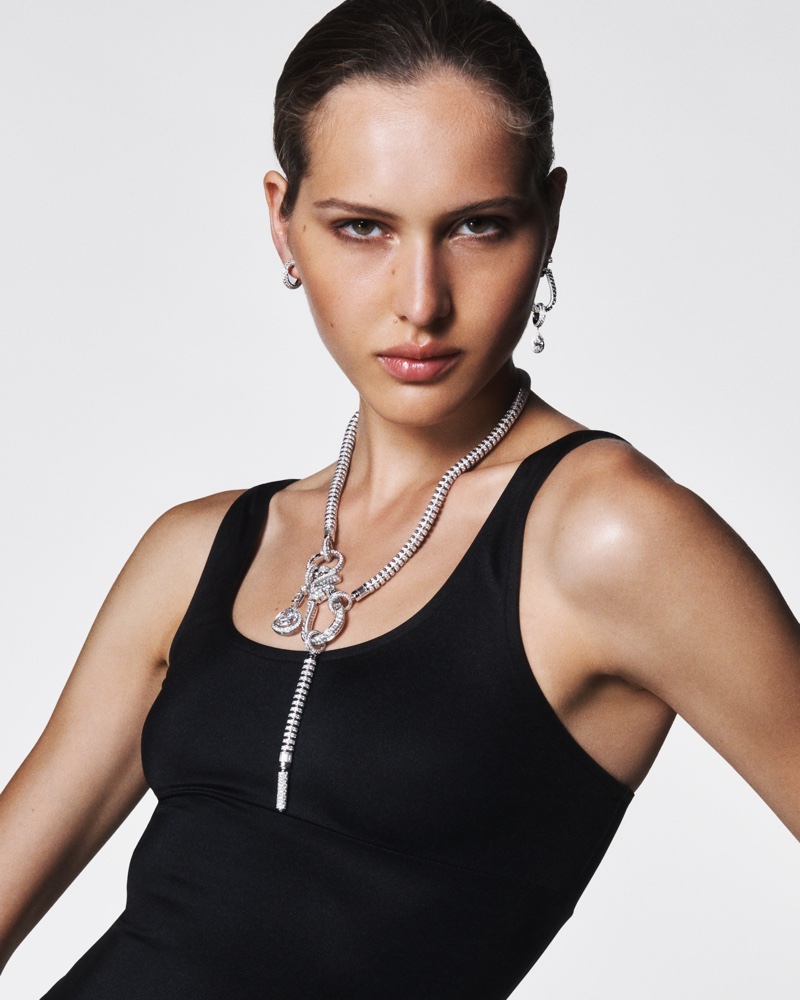
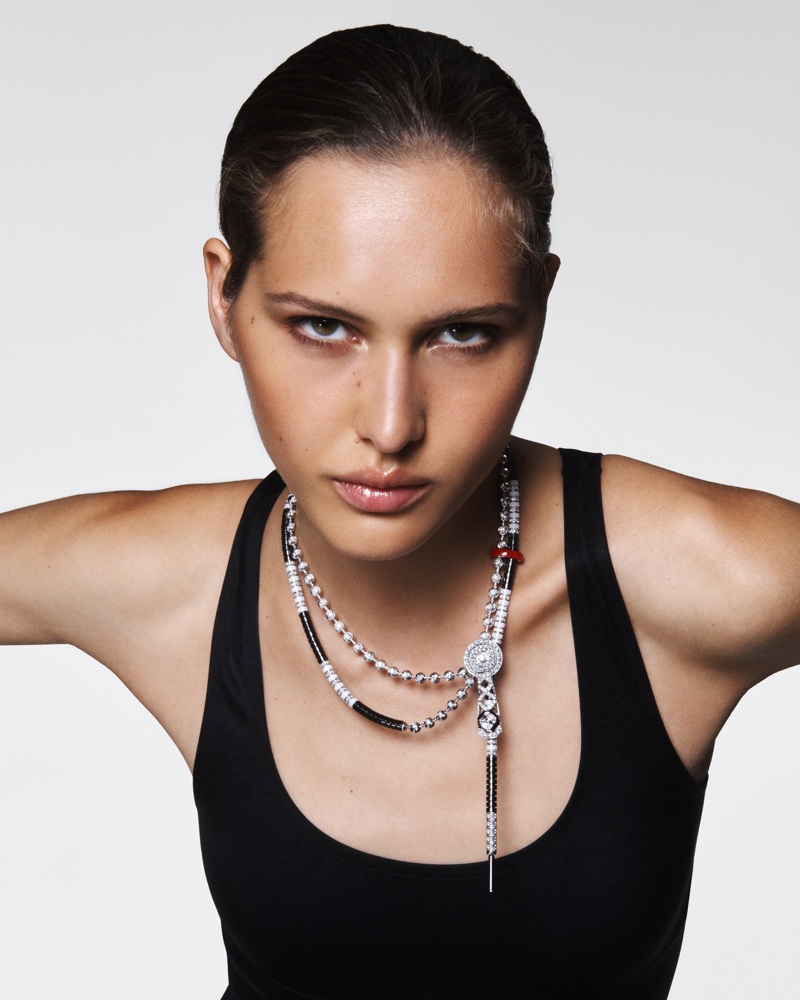

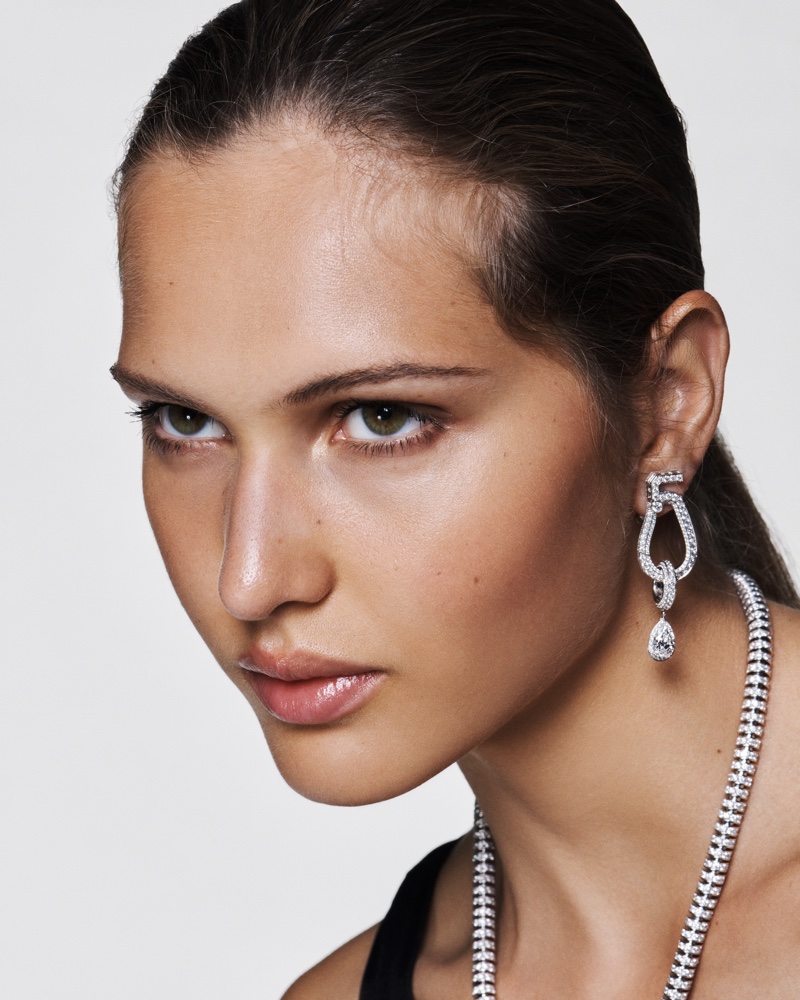









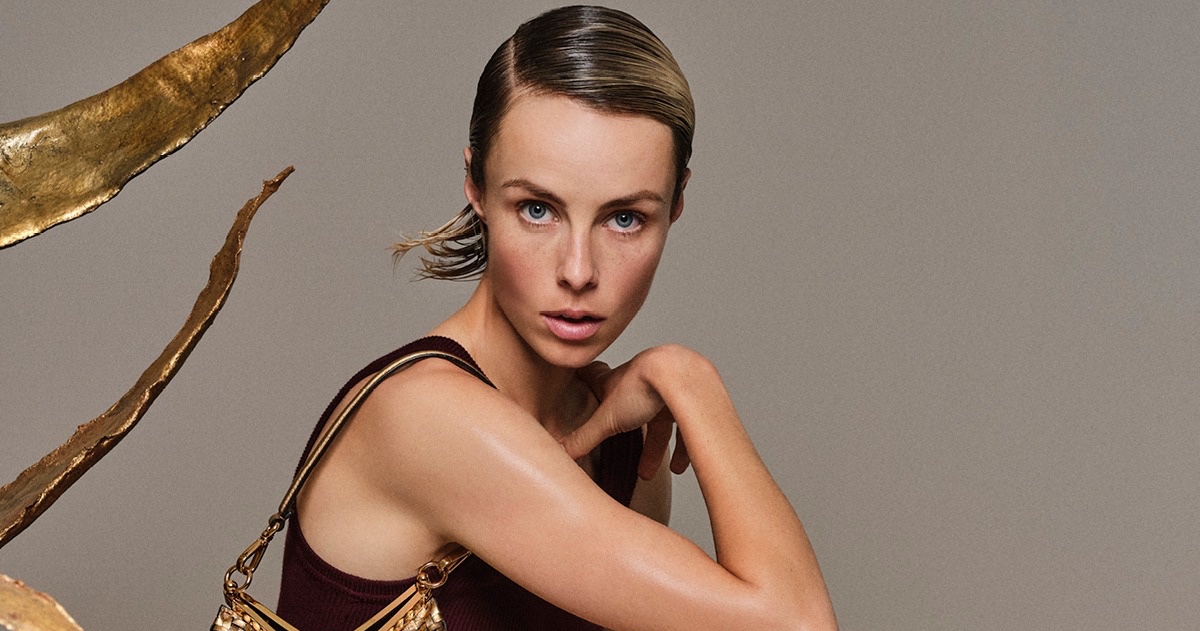












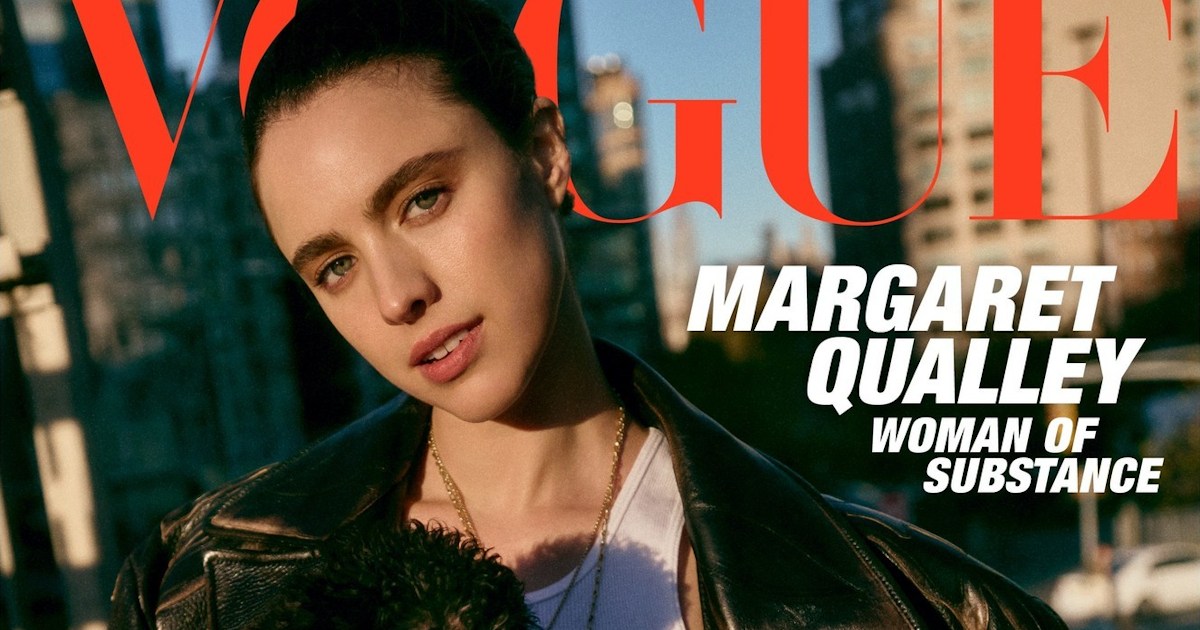












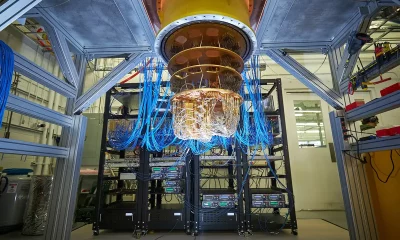

You must be logged in to post a comment Login